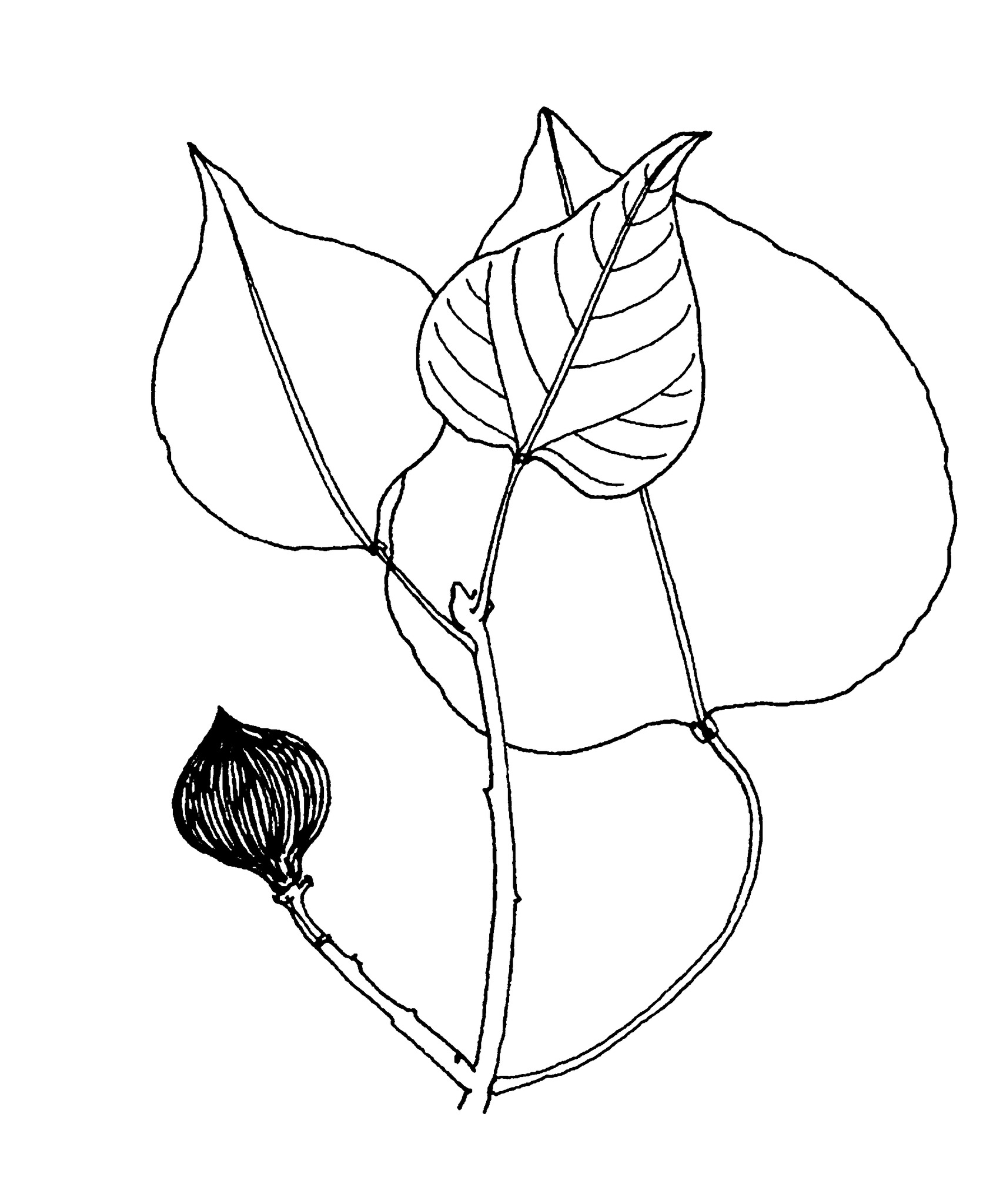
From the Latin vernicifer — producing varnish, alluding to the use of one species for varnish.
Trees evergreen, perennial, male and female flowers on the same plant; stems and foliage without latex. Indumentum of simple, multicellular hairs. Stipules entire, conspicuous, deciduous. Leaves alternate, stalked, unlobed or more commonly palmatilobed (especially on juveniles), palminerved, glands 2 at blade base; margins entire. Inflorescences terminal, thyrsiform, solitary. Male flowers stalked; calyx lobes 2 or 3, edge to edge, partially fused; petals 5; disk of 5 glands; stamens 8-14, filaments 2-rowed, outer series fused for a third of length, inner series fused for over half of length. Female flowers stalked; calyx lobes 2 or 3, edge to edge, shortly fused; petals 5; disk absent; ovary 3-5-chambered, ovules 1 per chamber; styles 3, free or shortly fused at base, divided into 2. Fruits capsular, dehiscent, 3-5-lobed, surface smooth. Seeds ovoid, ecarunculate.
Included in Aleurites by some botanists.
3 species in Asia. 2 species are cultivated and one has occasionally become naturalised.
Seeds.
Large trees, indumentum of simple, multicellular hairs; flowers with 5 showy white petals; fruit 3-5-lobed, dehiscent.
Blackman (1947), Radcliffe-Smith (1987, 1996), Stuppy et al. (1999).
Source: (2002). Euphorbiaceae. In: . Horticultural Flora of South-eastern Australia. Volume 3. Flowering plants. Dicotyledons. Part 2. The identification of garden and cultivated plants. University of New South Wales Press.
